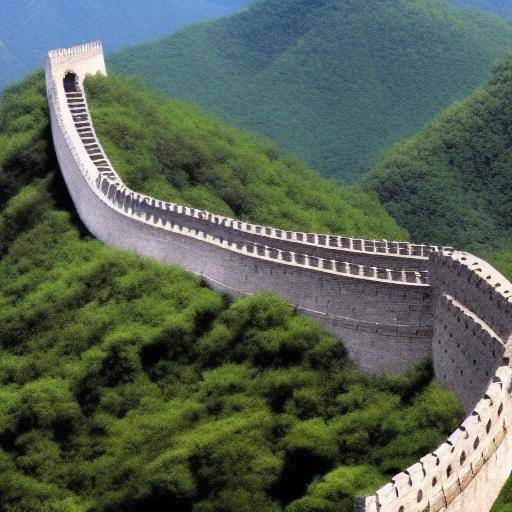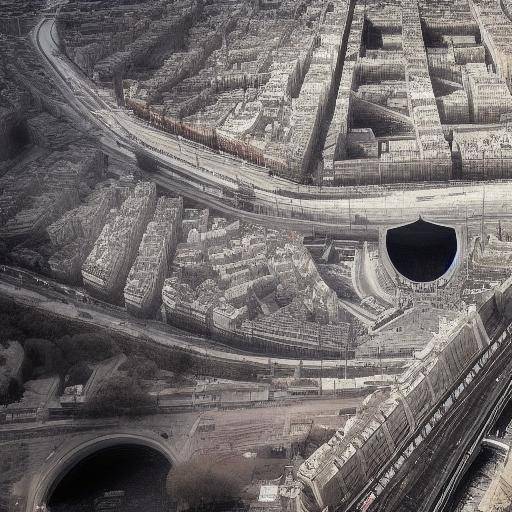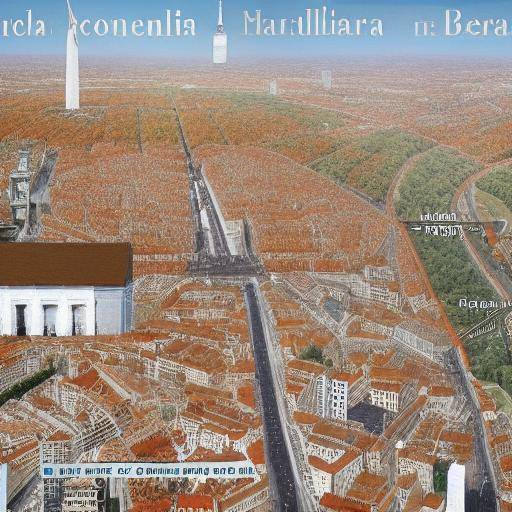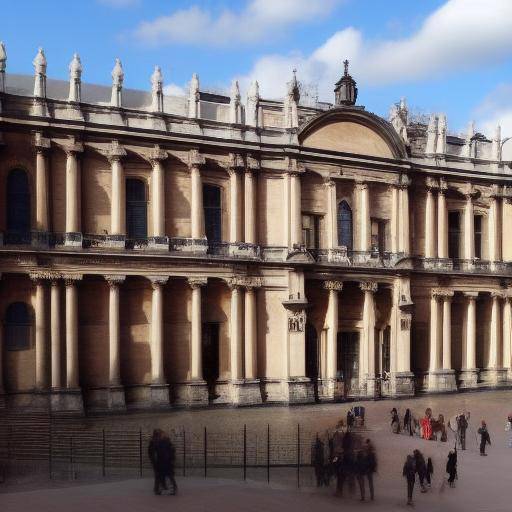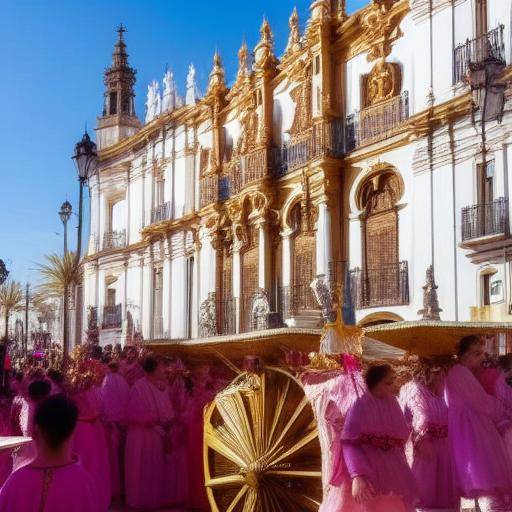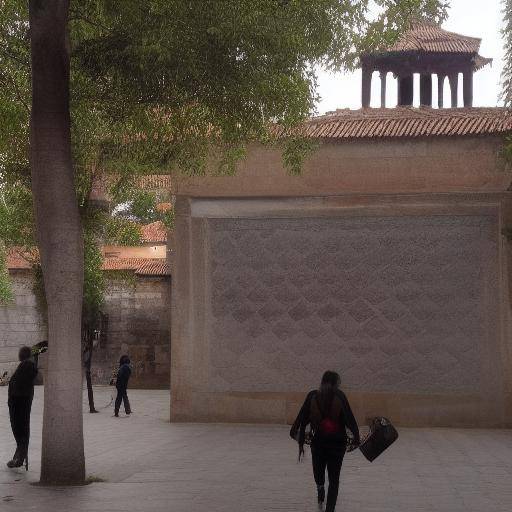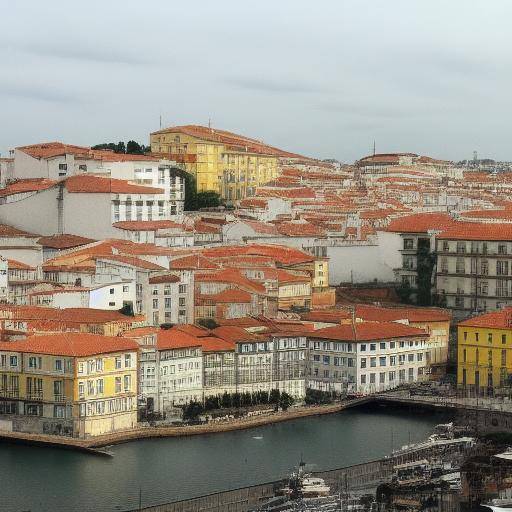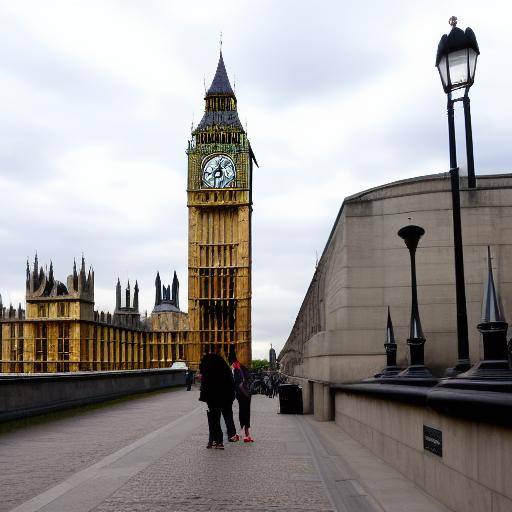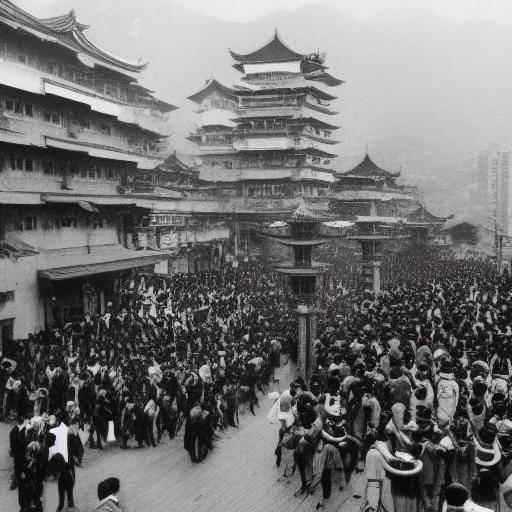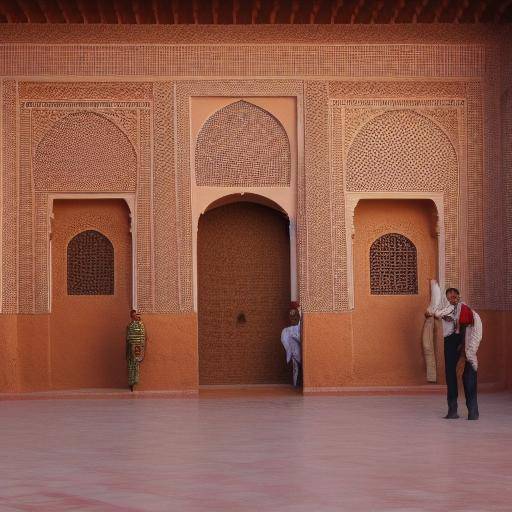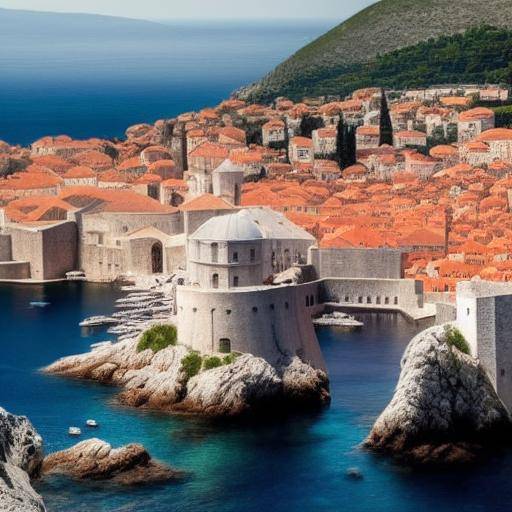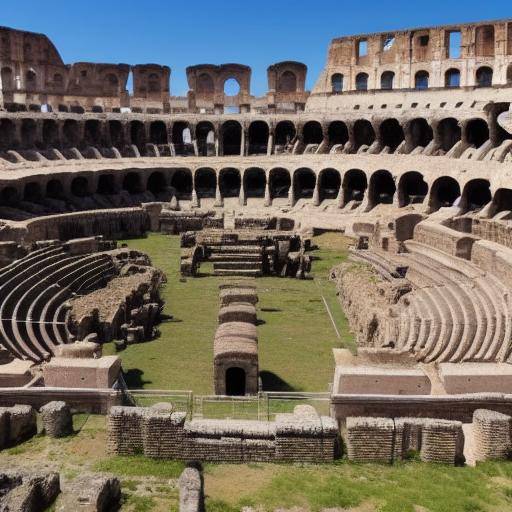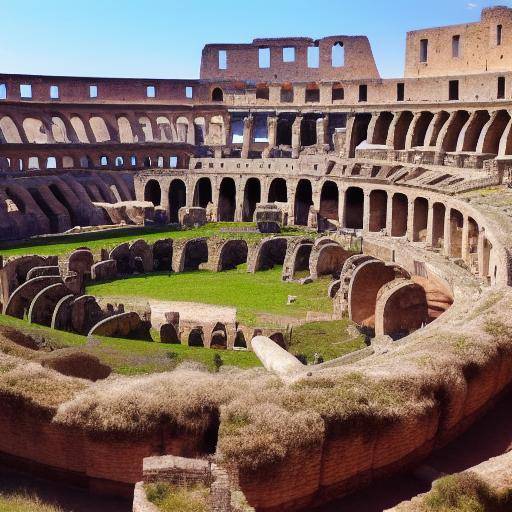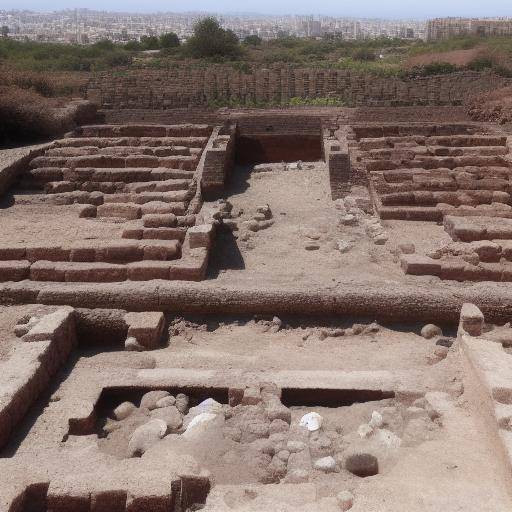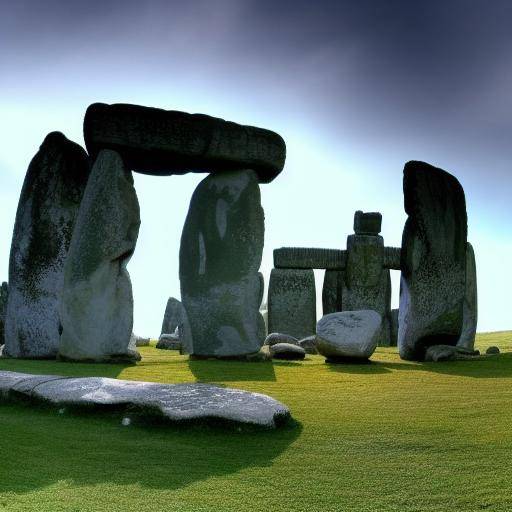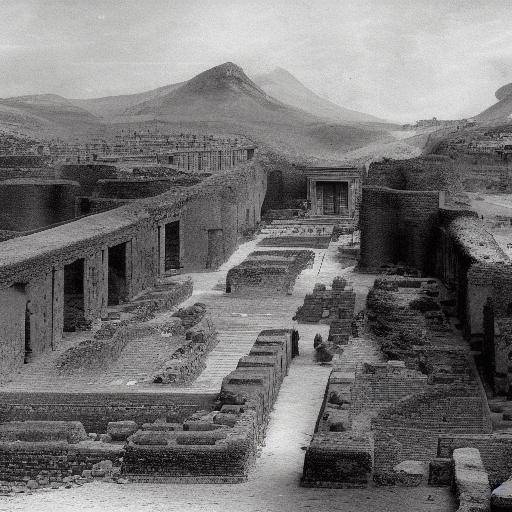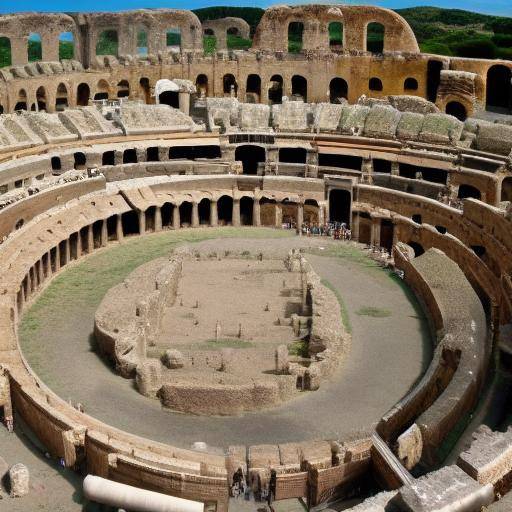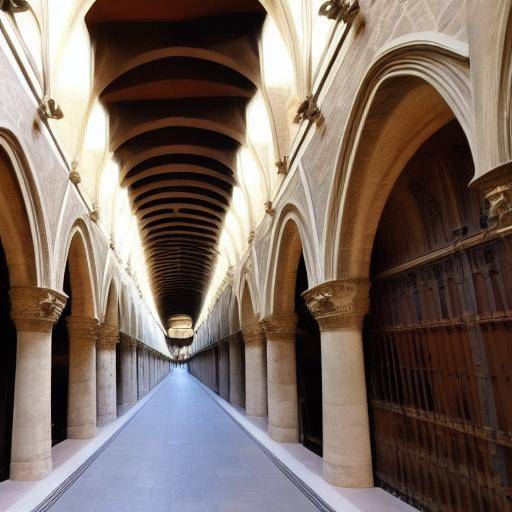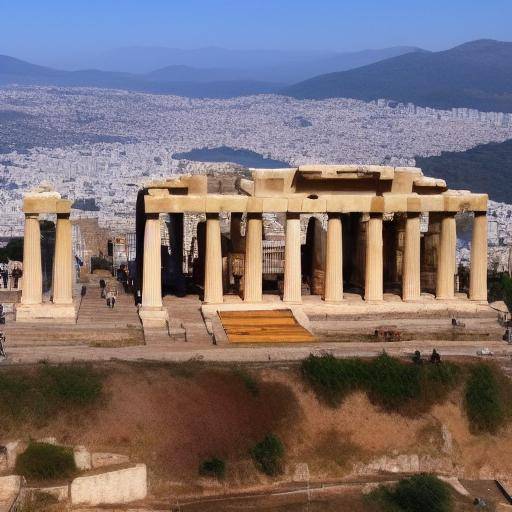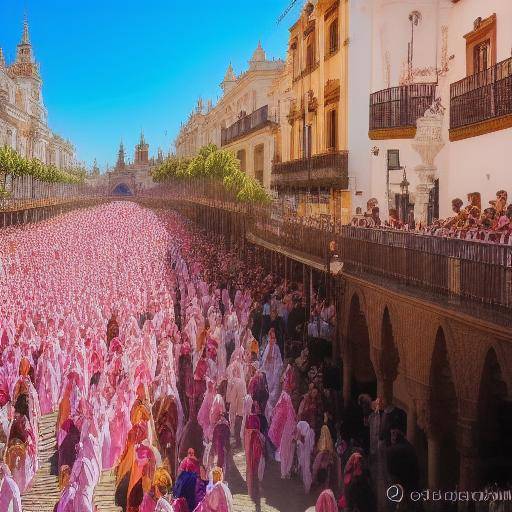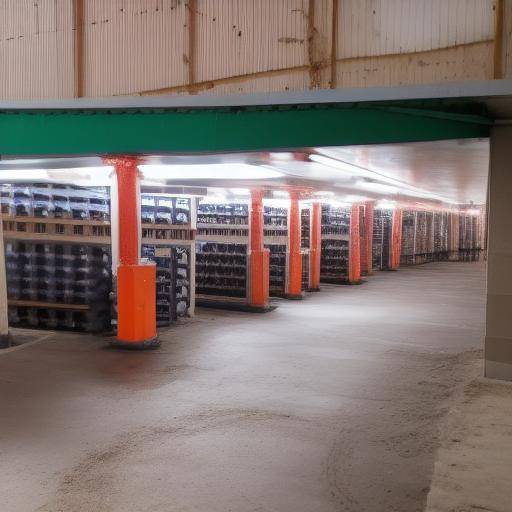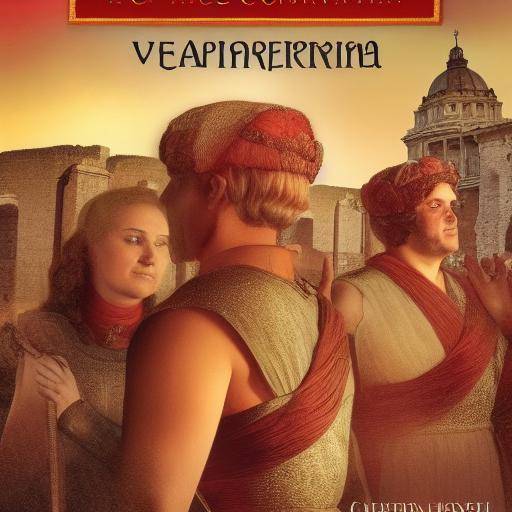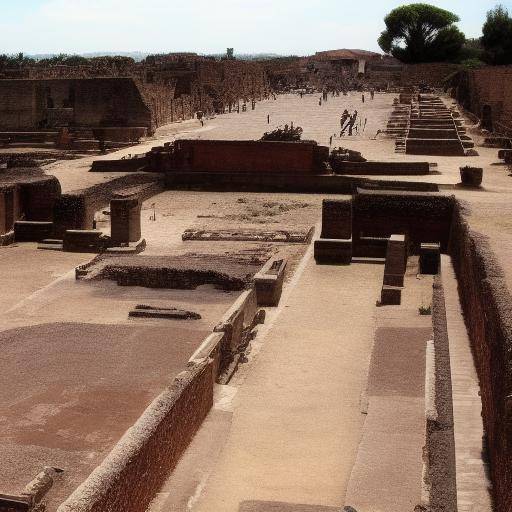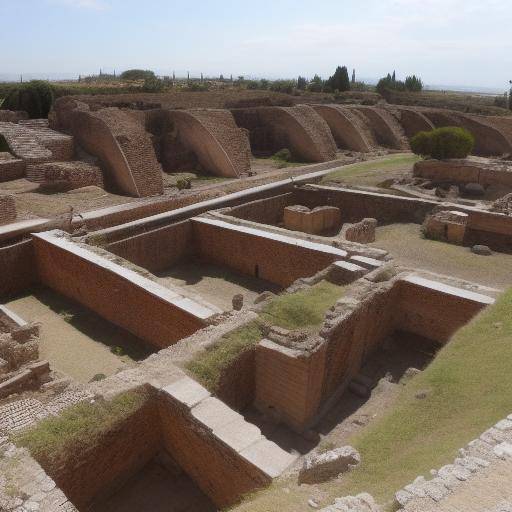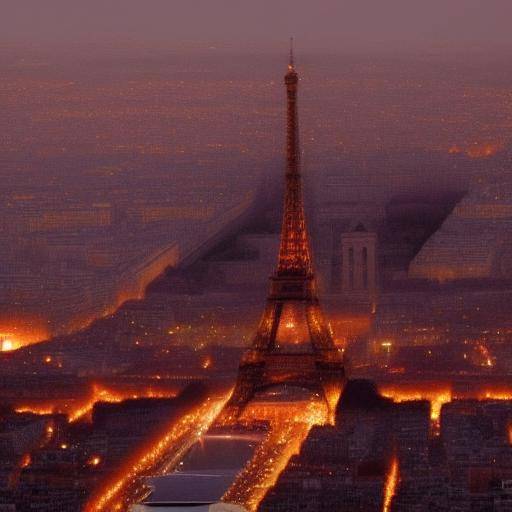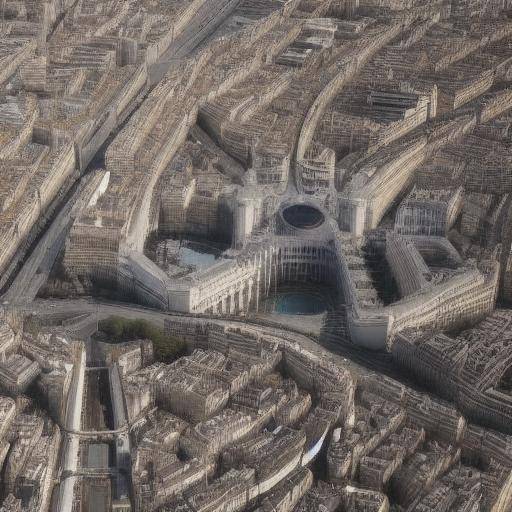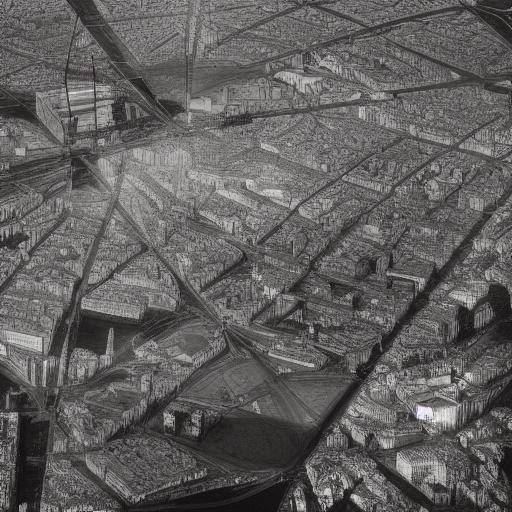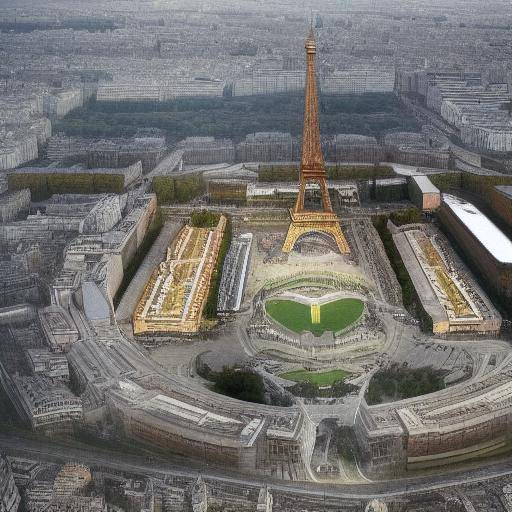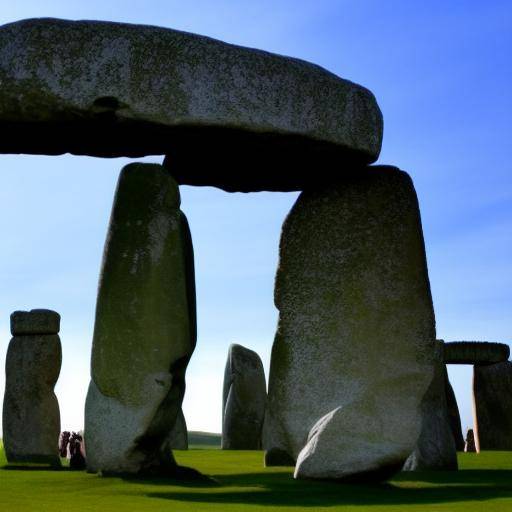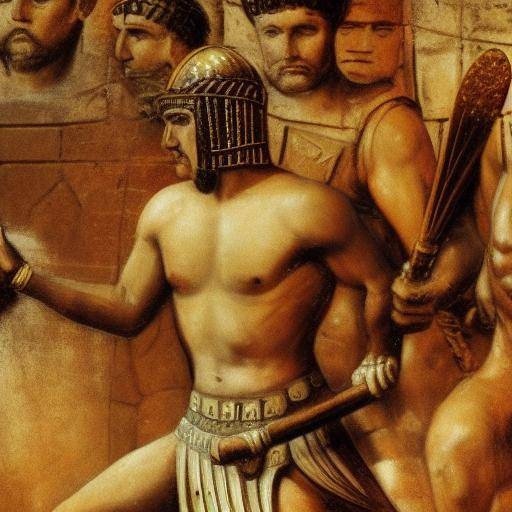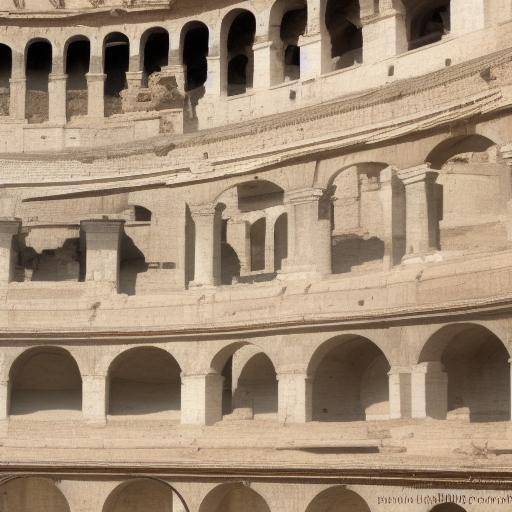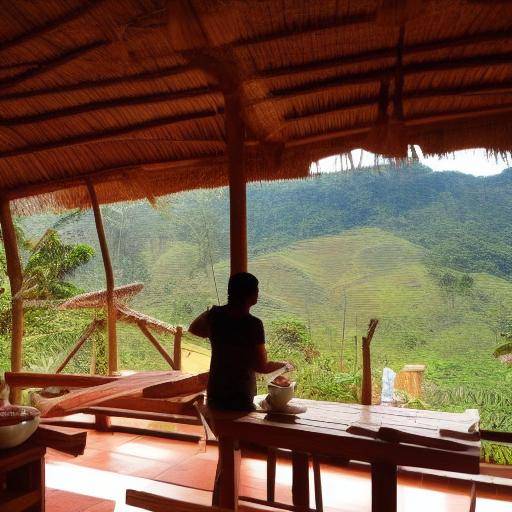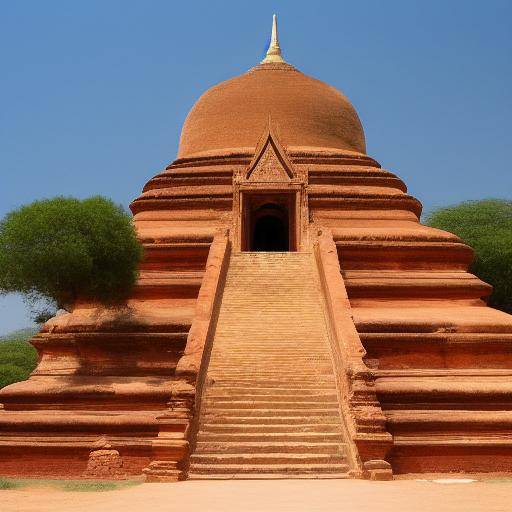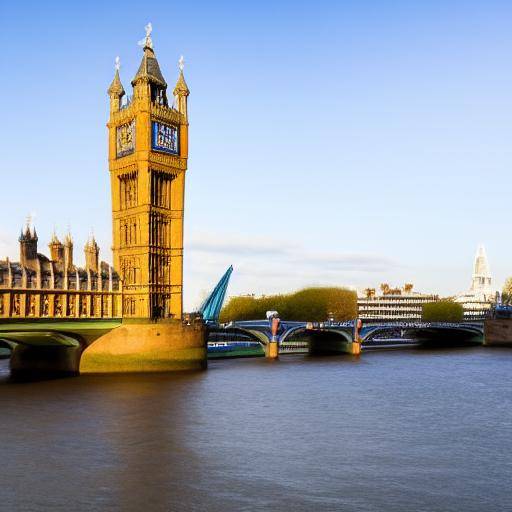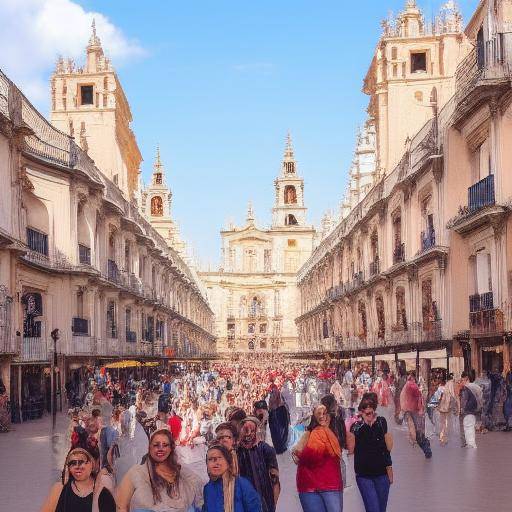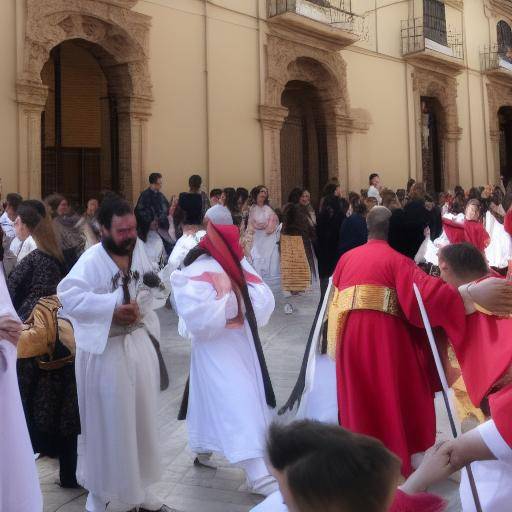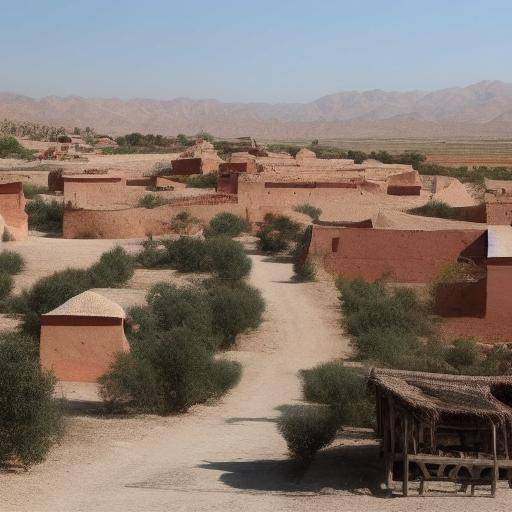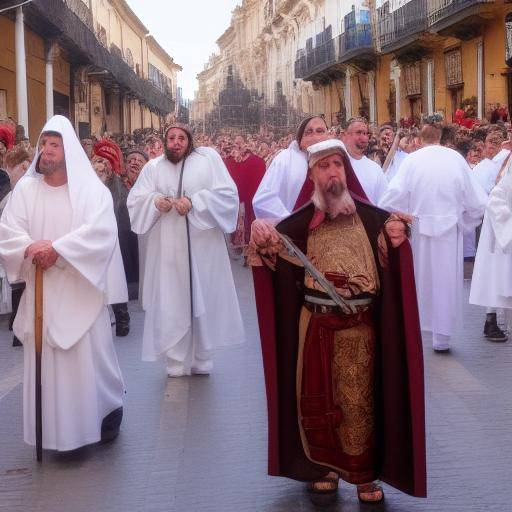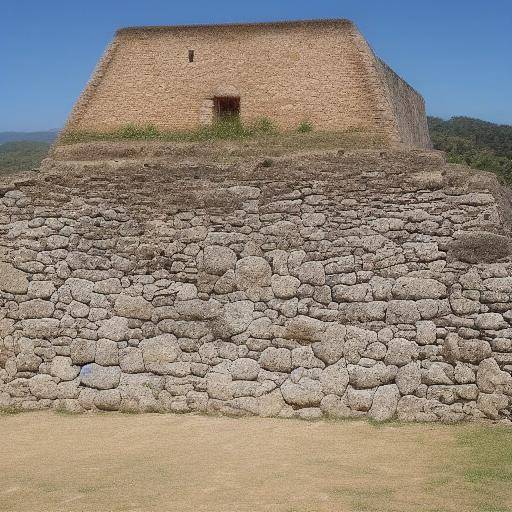
Easter in Seville is one of the most emblematic and traditional celebrations in Spain. This festival, of great religious and cultural importance, attracts thousands of visitors from around the world every year. In this article, we will explore the history, traditions and meaning of Holy Week in Seville, as well as its impact on the city over the years.
Introduction
Holy Week, also known as "Major Week", is a Christian celebration commemorating the Passion, Death and Resurrection of Jesus Christ. In Spain, this celebration is particularly intense and Seville stands out as one of the most outstanding epicenters of these commemorations. The Holy Week in Seville is known for its religious processions, impressive steps and devotion that arouses in its inhabitants.
In this article, we will delve into the history of the Holy Week in Seville, its rooted traditions, the impact it has had in the city over the centuries, as well as the ways it is carried out today. We will explore the evolution of these celebrations over time, the emotions that awaken in the Sevillian population and the cultural and tourist relevance that it has acquired at the national and international levels.
History and traditions
The Holy Week in Seville has its roots in the Catholic tradition, taking place in the Middle Ages. Over the years, the celebration has experienced significant development, becoming one of the most authentic expressions of Sevillian culture. Brotherhoods and brotherhoods play a fundamental role in organizing processions, contributing to preserving traditions and transmitting devotion from generation to generation.
The processions, with their impressive steps representing religious scenes, are the heart of the Sevillian Holy Week, attracting thousands of faithful and spectators gathered in the streets to witness these moving parades. The music, the smell of incense and the saetas (religious singers) are part of the unique atmosphere that is lived in the streets of Seville these days.
The Holy Week in Seville is not only a religious event, but also an artistic and cultural manifestation that has been recognized as an Intangible World Heritage by UNESCO. The sacred images, the procedural steps and the crafts associated with this festival are an integral part of the artistic heritage of the city.
Cultural and Tourist Impact
The Holy Week in Seville not only has a profound impact on the religious and cultural sphere, but also on tourism. Every year, the city receives a large number of visitors interested in experiencing this unique holiday, which has contributed significantly to the local economy. Hotels, restaurants and shops benefit from the influx of tourists during this time of year.
Easter has become an important tourist attraction for Seville, promoting the diffusion of its rich culture and traditions internationally. Visitors have the opportunity to immerse themselves in the special atmosphere that surrounds the city during these days and to appreciate the devotion and art that manifests itself through the processions and activities associated with the celebration.
Conclusion
Holy Week in Seville is much more than a religious celebration; it is an event that unites the faith, tradition, art and history of this ancient city. Through processions, music, handicrafts and popular devotion, Holy Week has left an imprint on the collective identity of Seville.
The cultural and emotional legacy that envelops the Holy Week lives in the heart of the Sevillians and is projected into the world, captivating those who have the opportunity to live it first. The history and traditions of Holy Week in Seville continue to inspire respect, admiration and fascination in every corner of the city, keeping alive a festive that transcends time and borders, renewing its meaning in every generation.
Frequently asked questions
What is the origin of Holy Week in Seville?
The Holy Week in Seville dates from the medieval period, when the brotherhoods and brotherhoods began to organize processions to commemorate the Passion, Death and Resurrection of Jesus Christ. Over the centuries, this celebration has evolved into one of the most entrenched and emblematic traditions of the city.
How does the city prepare for Holy Week?
The preparation for Holy Week begins months before, with the essays of the music bands, the restoration of the processional steps and the logistic organization of the sisterhoods. During Holy Week, the streets are adorned with decorations and ephemeral altars, creating a unique atmosphere.
What is the economic impact of Holy Week in Seville?
Easter has a significant effect on the Sevillian economy, as it attracts a large number of tourists who generate income for the hotel sector, restoration, trade and other services related to tourism.
What is the role of the sisterhoods and brotherhoods in the Sevillian Holy Week?
Brotherhoods and brotherhoods play a fundamental role in organizing and carrying out the Easter processions in Seville. In addition to promoting devotion and maintaining religious traditions, these institutions actively contribute to social and charitable assistance in the community.
What is the meaning of the arrows in the Holy Week of Seville?
The arrows are religious songs of great emotivity that are interpreted during the Holy Week processions. These songs, of Flemish origin, express devotion and religious sentiment towards the images that parade, adding an artistic and spiritual component to the celebration.
What differences exist between Easter and that of other cities in Spain?
While they share the same religious base, the Sevillian Holy Week is distinguished by the majesty of its procedural steps, the intensity of its arrows and the active participation of citizenship. Each region of Spain brings its own traditions and peculiarities to this celebration.
With these frequent questions, we hope to have clarified some fundamental aspects of Holy Week in Seville, allowing a deeper and more enriching understanding of this important holiday.
Concluding, the history and traditions of Holy Week in Seville are a living testimony of the faith, culture and art that have endured over the centuries, enriching not only the city, but also the cultural heritage of all Spain. The essence of this celebration, rooted in devotion, artistic creativity and ancestral traditions, remains a source of inspiration and wonder for those who have the privilege of experiencing it in person.

